#corals
Text

A zoanthid coral (Zoantharia sp.) in the Great Barrier Reef, Australia
by Alexander Semenov
#zoanthid corals#corals#cnidarians#zoantharia#hexacorallia#cnidaria#wildlife: australia#wildlife: oceania
58 notes
·
View notes
Text
Uncharismatic Fact of the Day
Ohhhh what's three times the size of an elephant, over 500 years old, and lives under the sea? Big Momma! She is a massive protites coral that's 6.4 m (21 ft) high and 41.8 m (135 ft) around at the base; her age was estimated based on samples of her skeletal core and the fact that porites corals only grow about 1 cm (0.39 in) per year.

(Image: 'Big Momma', a Porites species of coral (left) and a diver (right) by Wendy Cover via NOAA)
If you like what I do, consider leaving a tip or buying me a kofi!
#porites corals#Scleractinia#Poritidae#finger corals#hump corals#small polyp stony corals#stony corals#corals#cnidarians#invertebrates#uncharismatic facts
2K notes
·
View notes
Text






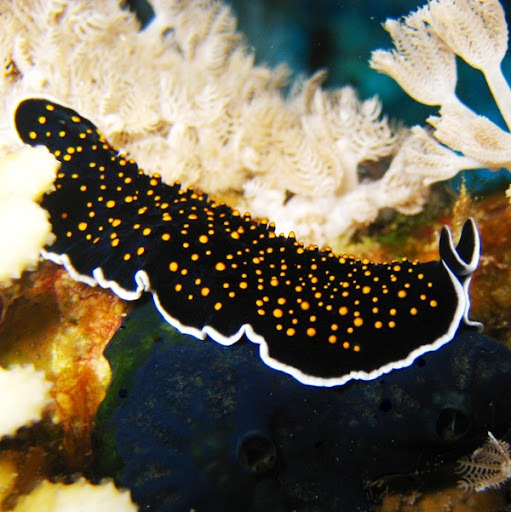




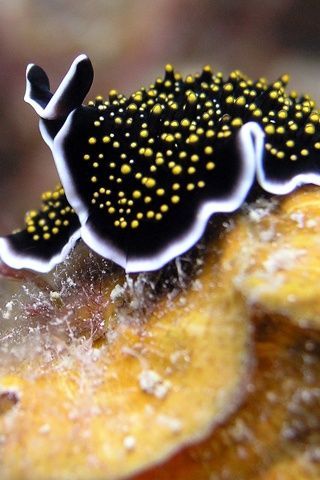

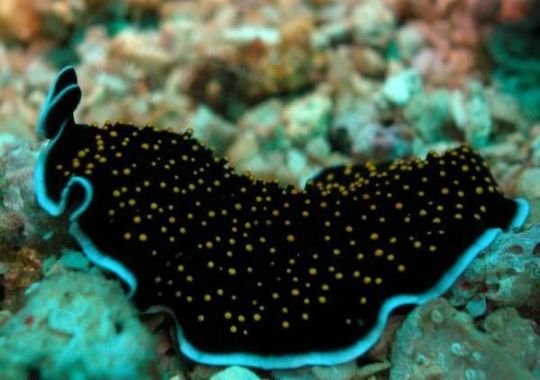
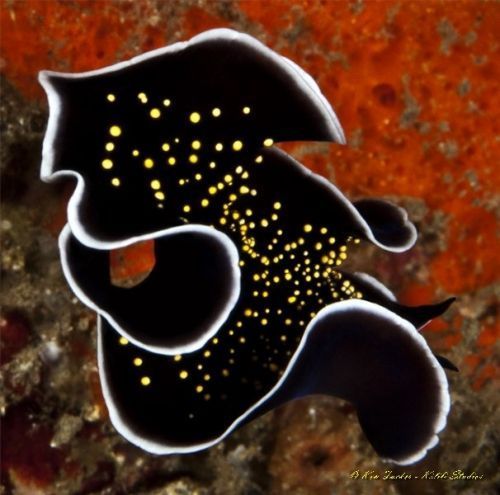

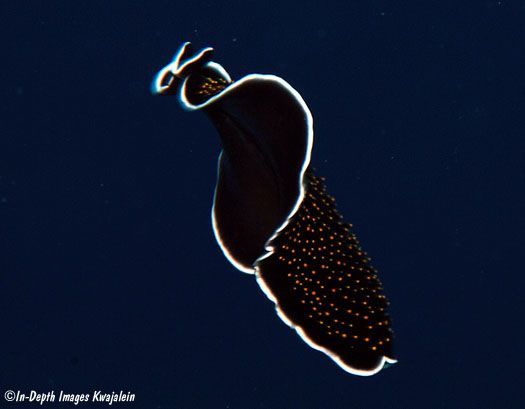

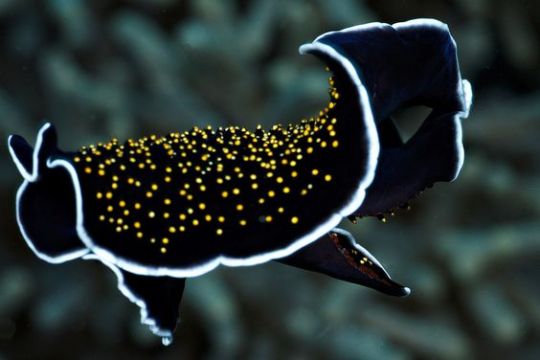
Червь плоский желтопятнистый (Thysanozoon havomaculatum) . Морской червь из класса ресничные черви, или турбеллярий. Принадлежит отряду Поликлад. Имеет уплощённое, овальное тело, покрытое ресничным эпителием. Длина этого симпатичного создания около 4 см, а толщина всего пару миллиметров. Передний конец его тела несёт пару щупалец. Мускулатура этого плоского червя многослойная, хорошо развитая, благодаря ей он способен подниматься в толщу воды за счёт ундулирующих движений краёв тела, а не только обитать на дне. Этот свободноживущий плоский червь питается преимущественно как хищник, водными беспозвоночными. Встречается в морях вокруг Австралии и Индонезии.
Yellow-spotted flatworm (Thysanozoon havomaculatum). A marine worm from the class of ciliated worms, or turbellarians. Belongs to the Polyclad squad. It has a flattened, oval body covered with ciliated epithelium. The length of this cute creature is about 4 cm, and the thickness is only a couple of millimeters. The front end of its body bears a pair of tentacles. The musculature of this flatworm is multi-layered, well developed, thanks to it it is able to rise into the water column due to undulating movements of the edges of the body, and not just live on the bottom. This free-living flatworm feeds primarily as a predator on aquatic invertebrates. It is found in the seas around Australia and Indonesia.
Источник:https://t.me/+t0G9OYaBjn9kNTBi, //www.webdive.ru/fotocat.php?t=11&id=20542&mode=view, http://mylongdongbay.blogspot.com/2007/07/save-ocean-cherish-marine-lives.html, /ru.pinterest.com/pin/630644754053053958/, http://www.akkiira.com/hiramushi/yoimiyaminohiramusi-swimming.html, //foxford.ru/wiki/biologiya/tip-ploskie-chervi?utm_referrer=https%3A%2F%2Fwww.google.com%2F.
#fauna#video#animal video#marine life#marine biology#nature#aquatic animals#Polyclad#Yellow-spotted flatworm#ocean#sea#corals#plankton#animal photography#nature aesthetic#видео#фауна#природа#Поликлады#Червь плоский желтопятнистый#океан#кораллы#планктон#море
811 notes
·
View notes
Text
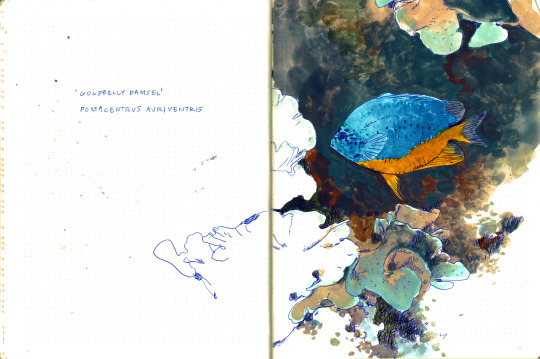
725 notes
·
View notes
Text
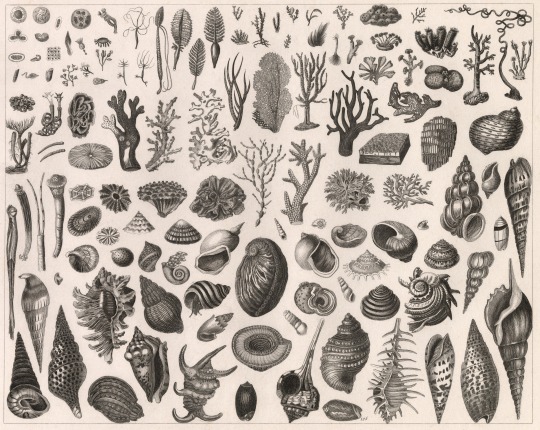
Zoology: Animals including Corals and Mollusks - F.A. Brockhaus - 1850 - via David Rumsey Map Collection
250 notes
·
View notes
Text
My favourite thing about marine animals is that corals are cnidarians, like
"hey what's your favourite animal?"
"CORALS 👹"
914 notes
·
View notes
Text
With marine heat waves of varying severity identified in Australian waters over the summer, a new study of a remote coral reef in the north-west has found that they can recover from bleaching events caused by heat waves, and other disturbances, as long as there is enough time.
The Australian Institute of Marine Science (AIMS)-led research was based on data gathered over the course of 30 years at the remote Scott Reefs, located between north-west WA and Indonesia.
It covered periods of disturbances including intense cyclones and mass bleaching in 2016 and 2017 caused by warm ocean temperatures.
The study found cycles of collapse and recovery, during which coral numbers crashed and then slowly regenerated.
Continue Reading.
134 notes
·
View notes
Text

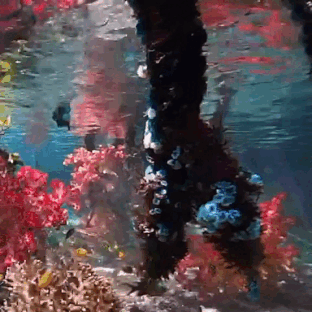


undersea_gameqmi on ig
565 notes
·
View notes
Text
UPDATE: NOAA establishes a temporary special use area to protect a relocated Florida Keys coral nursery
In response to extreme ocean temperatures, NOAA has used its emergency authority to create a temporary special use area in Florida Keys National Marine Sanctuary to protect endangered corals that have been relocated to a nursery in federal waters approximately five miles southeast of Tavernier, Florida. The temporary regulation lasts 60 days, with the option for one 60-day extension, and prohibits all entry except for continuous transit without interruption.
🎥: Florida Keys News Bureau
#EarthIsBlue#BreakingNews#FloridaKeys#Coral#MarineHeatwave#CoralReef#Florida#science#nature#ocean#noaa#national marine sanctuary#conservation#corals#reef
175 notes
·
View notes
Text
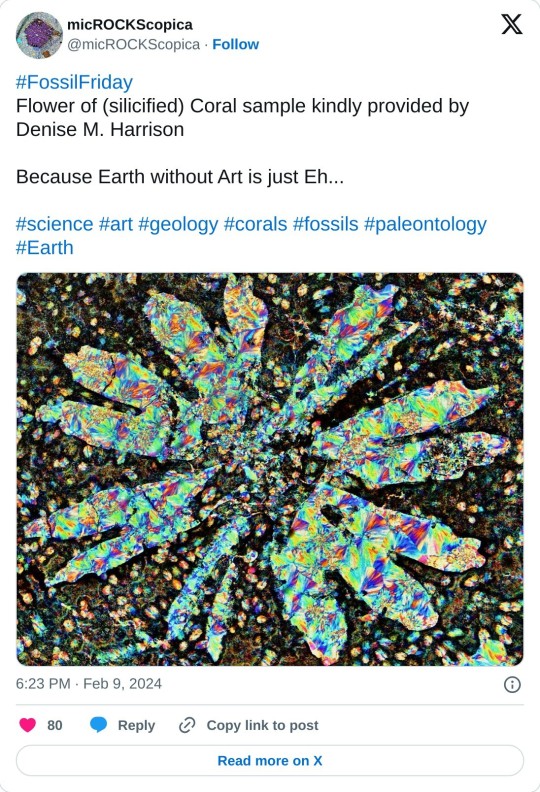
100 notes
·
View notes
Text


by superennyphoto
#ocean#oceancore#reef#corals#sea#seacore#piratecore#mermaidcore#water#watercore#nature#naturecore#aesthetic#sailcore#curators on tumblr#up#seascape#scenary#blue#photography
2K notes
·
View notes
Text

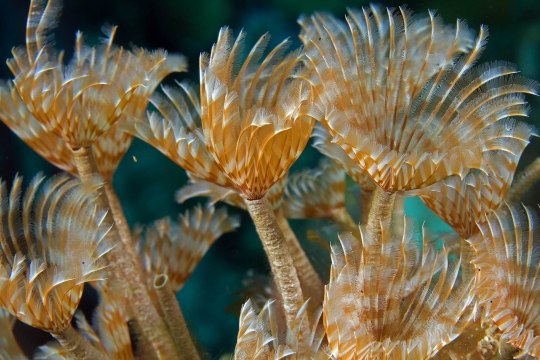
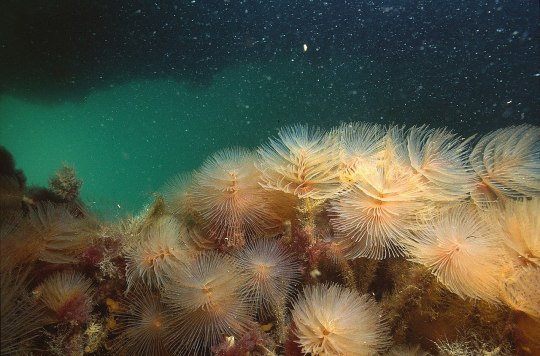




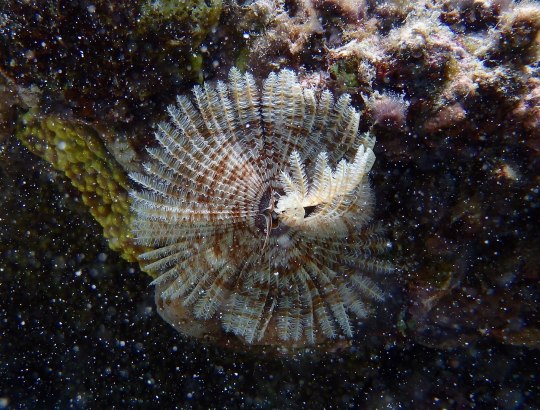
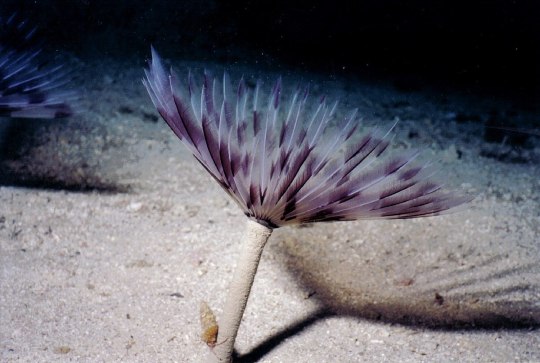


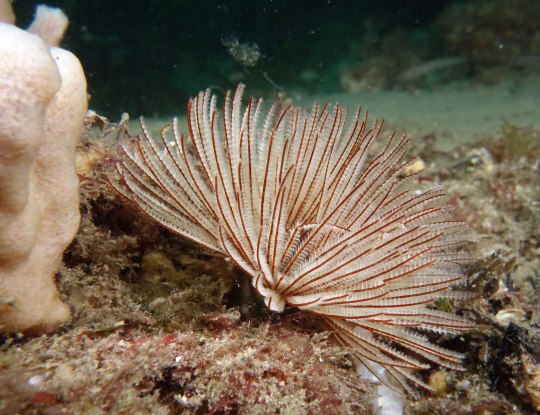




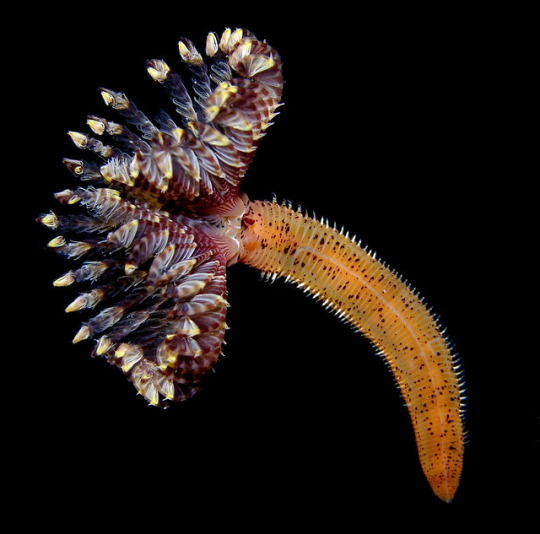


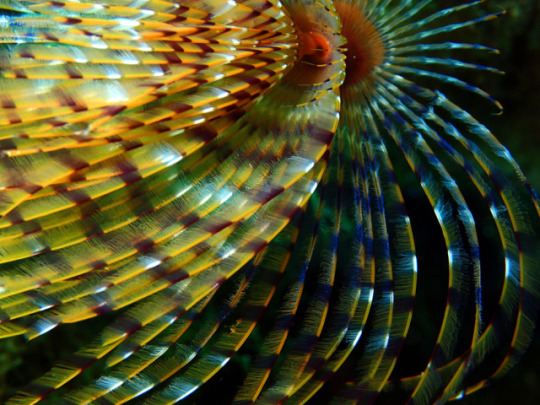

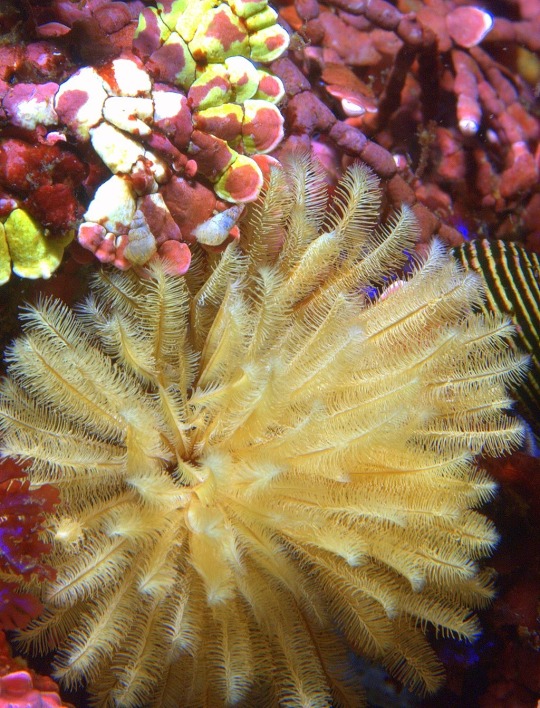
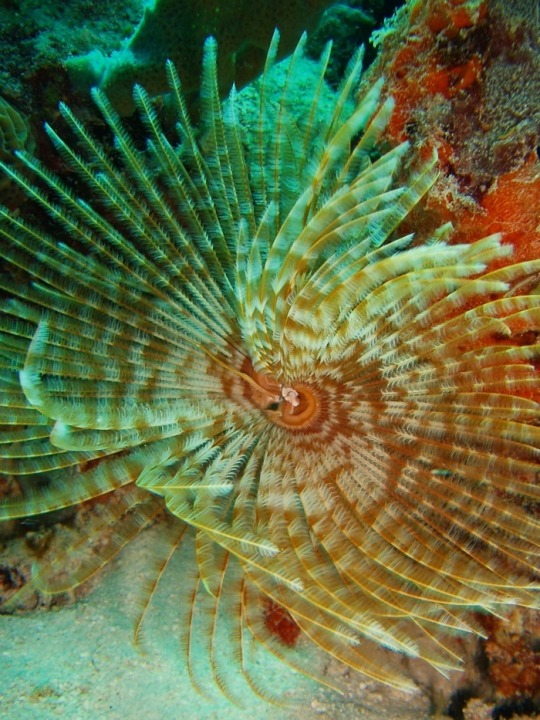

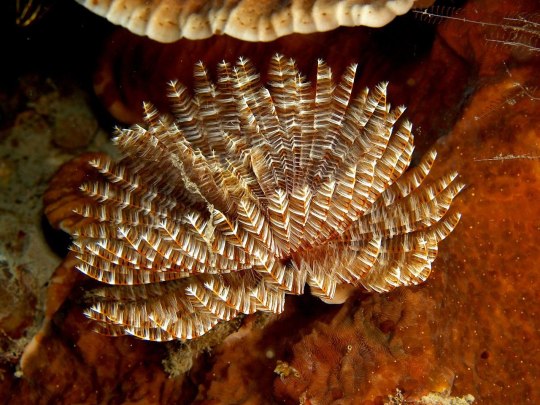


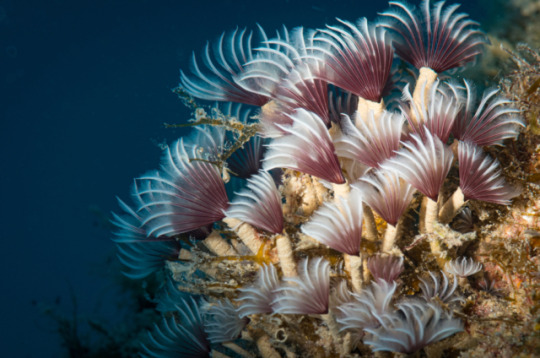

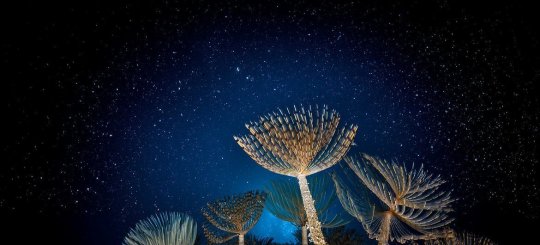
Сабеллиды – семейство сидячих многощетинковых червей, распространенных в донных сообществах всех океанов. К сидячему образу жизни сабеллиды приходят не сразу. На стадии личинки червь безмятежно дрейфует в океанических водах. Взрослые особи живут в песке или в илистом грунте мелководной зоны. Сабеллиды - социальные животные, образующие большие колонии в тех местах, где достаточно пищи. На переднем конце тела сабеллид расположена пара перистых, покрытых ресничным эпителием пальп. С помощью этих перьеобразных щупальцев-жабр черви собирают из толщи воды и с поверхности грунта частицы, которые затем используют в пищу или для построения трубки. Кусочки грунта они смешивают со слизью и строят трубки из материала, напоминающего пергамент. Длина трубок в зависимости от вида колеблется от 2 до 10 см. Пальпы одновременно служат и органами дыхания, так как через их поверхность осуществляется интенсивный газообмен. Кроны этих щупальцев выступают из торчащих на дне трубок подобно лепесткам великолепных цветов. Однако при малейшем движении воды «цветы» мгновенно втягиваются, оставляя на поверхности лишь низкие серые «пеньки». Окраска щупальцев-жабр червей разнообразная, но чаще всего это бежевые, желтые, коричневые, черные, темно-красные, лиловые и белые цвета. Зоологи обнаружили более 10 тысяч видов этих животных.
Sabellidae are a family of sessile polychaete worms common in benthic communities of all oceans. Sabellids do not immediately adopt a sedentary lifestyle. At the larval stage, the worm drifts serenely in ocean waters. Adults live in sand or muddy soil in the shallow water zone. Sabellids are social animals, forming large colonies in places where there is enough food. At the anterior end of the sabellid body there is a pair of feathery palps covered with ciliated epithelium. With the help of these feather-like tentacles-gills, the worms collect particles from the water column and from the surface of the soil, which are then used for food or to build a tube.They mix pieces of soil with mucus and build tubes from a material resembling parchment. The length of the tubes, depending on the type, ranges from 2 to 10 cm. The palps also serve as respiratory organs, since intensive gas exchange occurs through their surface. The crowns of these tentacles protrude from tubes protruding from the bottom like the petals of magnificent flowers. However, at the slightest movement of water, the “flowers” are instantly retracted, leaving only low gray “stumps” on the surface. The color of the tentacles-gills of worms is varied, but most often they are beige, yellow, brown, black, dark red, purple and white. Zoologists have discovered more than 10 thousand species of these animals.
Источник:https://m.vk.com/video-177833227_456240992?list=f6ce210ae901f2fd35&from=wall-3724862_1674, /ru.wikipedia.org/wiki/Сабеллиды, /vk.com/volgbioclub //www.gismeteo.ru/news/animals/raspushit-perya-kto-takie-sabellidy-i-zachem-im-nuzhny-pjoryshki/, /muzei-kholmsk.shl.muzkult.ru/Sabellids, //pofoto.club/32013-sabellidy.html, /zoogalaktika.ru/photos/invertebrata/annelida/polychaeta.
#fauna#nature#video#animal video#marine life#marine biology#aquatic animals#benthic#polychaete worms#Sabellidae#ocean#sand#corals#plankton#animal photography#nature aesthetic#видео#природа#фауна#бентосные#многощетинковые черви#полихеты#Сабеллиды#песок#кораллы#планктон
218 notes
·
View notes
Video
Sea turtle resting on corals
Source
940 notes
·
View notes
Photo

Lehrbuch der Zoologie : für höhere Lehranstalten, die Hand des Lehrers und für alle Freunde der Natur - Otto Schmeil - 1930 - via e-rara
1K notes
·
View notes
Text




Coral photos by David Hall
Top left: Wire coral (Cirrhipathes spp.)
Top right: Red sea whips (Ellisella spp.)
Bottom left: Soft coral (Dendronephthya spp.) with a brittlestar
Bottom right: Staghorn coral (Acropora spp.)
#Cirrhipathes#Ellisella#Dendronephthya#Acropora#coral#wire coral#red sea whip#sea whip#soft coral#staghorn coral#brittle star#coral reef#corals#colorful coral#yellow coral#red coral#blue coral#marine#marine life#ocean#sea#undersea#nature
40 notes
·
View notes
Text




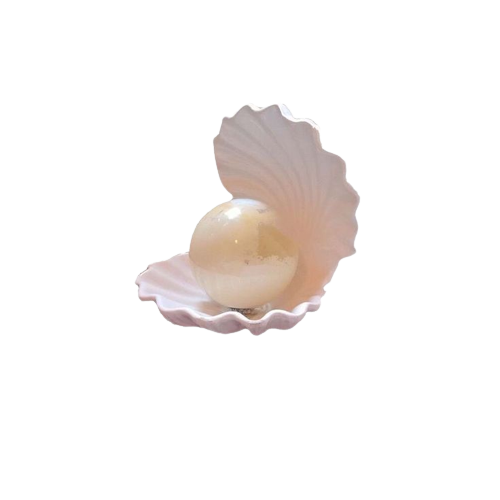
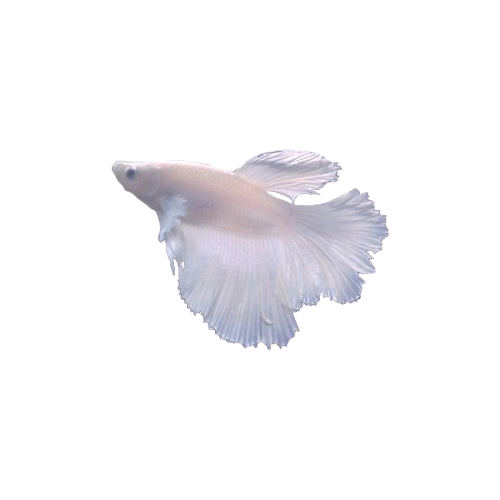
◜﹒ocean themed﹒⊹ 🐚
✶﹒please credit when reblogging ! ★
103 notes
·
View notes